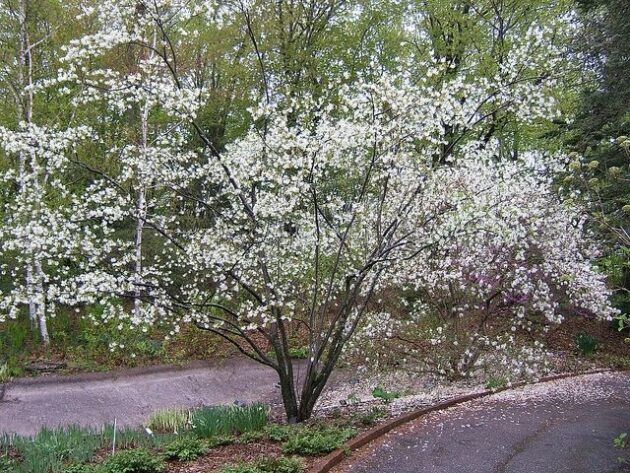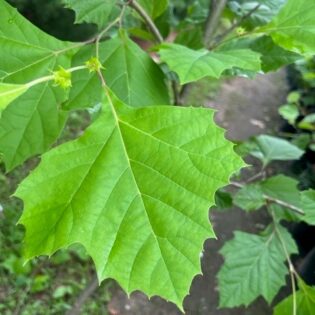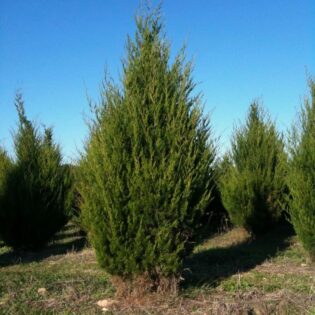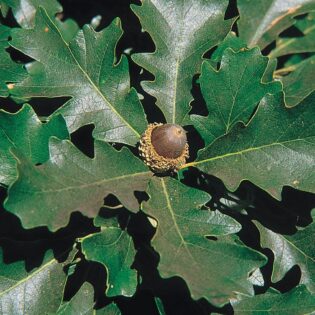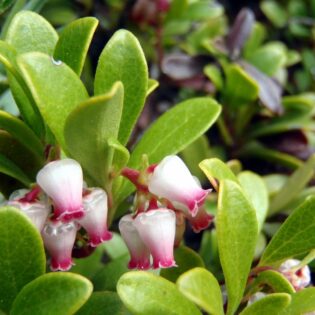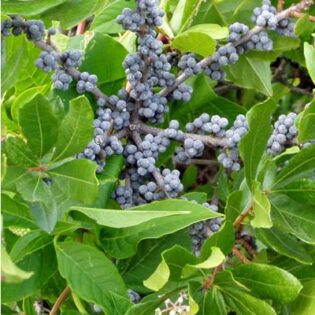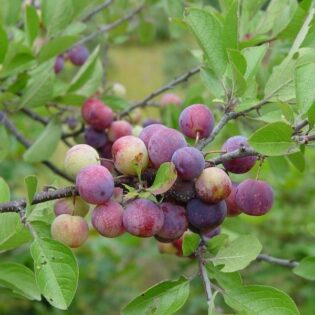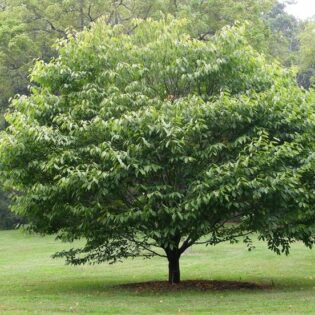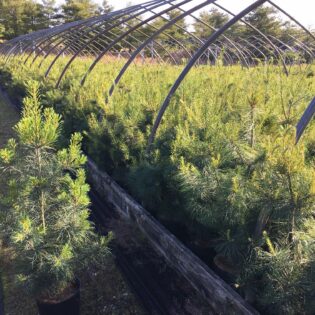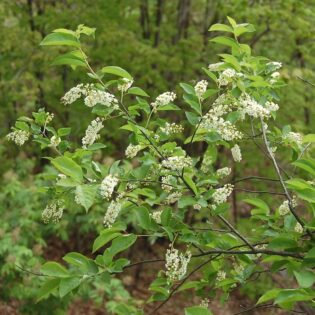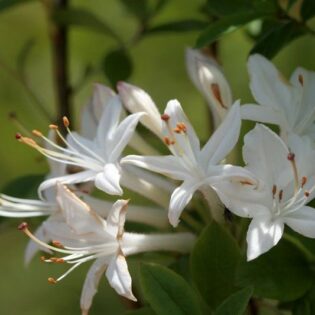$29.99
Edible Native Tree Species – Grown here on LI?! A great tree for bird lovers! 2 Gallon Trees are 4 ft. tall! This service-berry is a multiple-trunked tree or shrub, 15-25 ft. tall, with dense, fine-textured branching. White flowers occur in terminal clusters before the leaves appear and are followed by summer berries turning from red to purple or nearly black. Blue-green summer foliage can become orange or red in fall. The bark is smooth and slate-gray with white, longitudinal stripes. Very easy to grow and provides year-round interest. Berries are edible and juicier than those of the similar A. arborea. Sensitive to drought. The sweet, juicy fruits are edible and rich in iron and copper. (Kershaw)Native peoples dried the small pomes like raisins or mashed and dried them in cakes. Often the dried fruits were mixed with meat and fat to form pemmican, a light-weight, high-energy food that could support winter travelers for long periods if the diet was supplemented with vitamin C to prevent scurvy. (Kershaw)
Additional information
| Native | Long Island, United States |
|---|---|
| Sunlight | Full, Full-Partial, Partial |
| Moisture | Dry, Medium, Medium-Dry, Wet-Medium |
| Wetland Indicator | FAC |
| Special Attributes | Bee Attractor, Bird Attractor, Butterfly Attractor |
| Size | 10 Gallon, 2 Gallon |
Edible Native Tree Species – Grown here on LI?! A great tree for bird lovers! 2 Gallon Trees are 4 ft. tall! This service-berry is a multiple-trunked tree or shrub, 15-25 ft. tall, with dense, fine-textured branching. White flowers occur in terminal clusters before the leaves appear and are followed by summer berries turning from red to purple or nearly black. Blue-green summer foliage can become orange or red in fall. The bark is smooth and slate-gray with white, longitudinal stripes. Very easy to grow and provides year-round interest. Berries are edible and juicier than those of the similar A. arborea. Sensitive to drought. The sweet, juicy fruits are edible and rich in iron and copper. (Kershaw) Native peoples dried the small pomes like raisins or mashed and dried them in cakes. Often the dried fruits were mixed with meat and fat to form pemmican, a light-weight, high-energy food that could support winter travelers for long periods if the diet was supplemented with vitamin C to prevent scurvy. (Kershaw)


